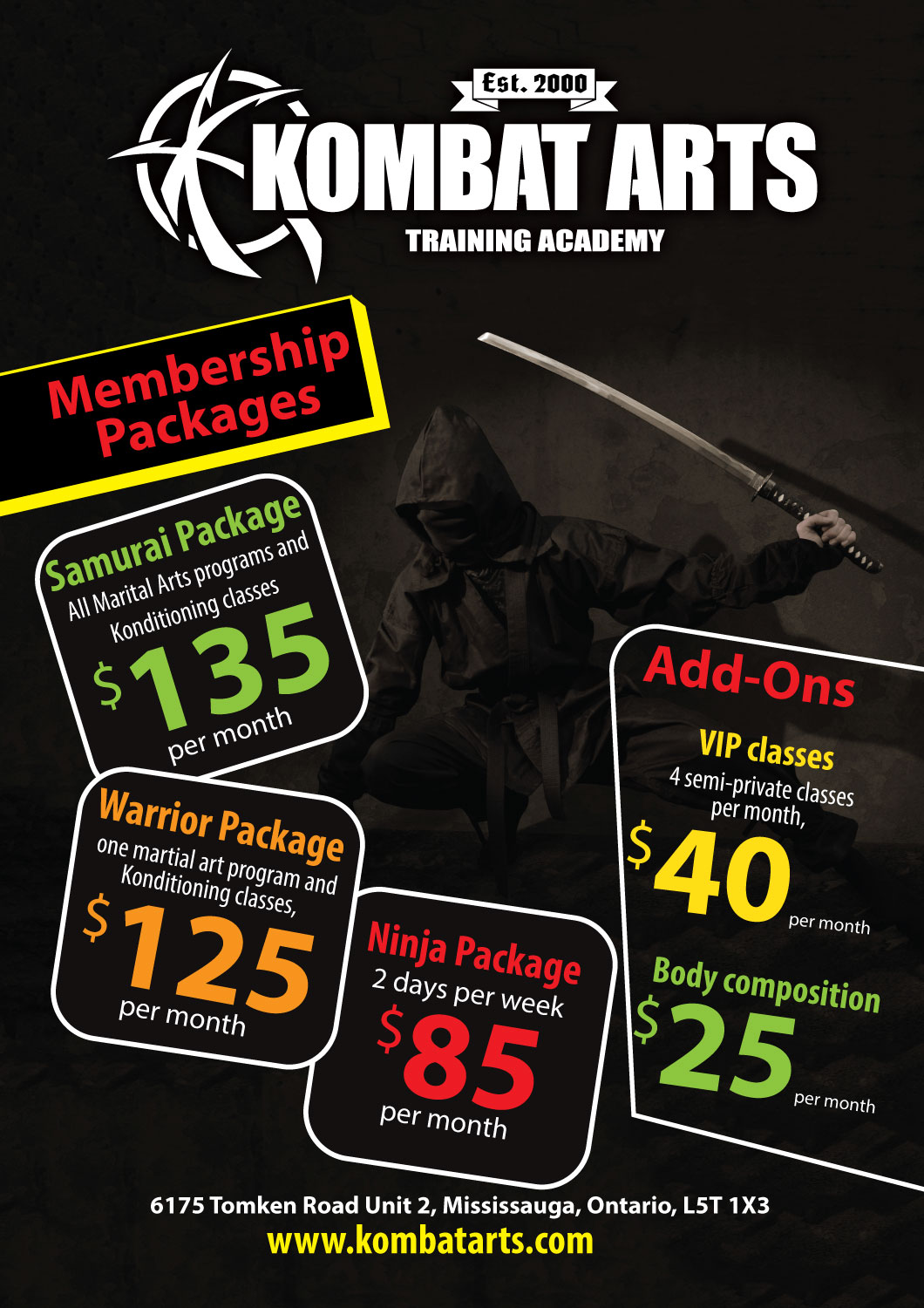Exploring The Differences In Between Conventional Martial Arts And Contemporary Combat Sports
Exploring The Differences In Between Conventional Martial Arts And Contemporary Combat Sports
Blog Article
Article Created By-Kok Hovgaard
When you consider martial arts, do you lean much more toward the typical techniques or the modern battle sports? Each path supplies special advantages and experiences, formed by their ideologies and training techniques. Click To See More stress personal development and self-control, while modern fight sports focus on competition and efficiency. Recognizing these distinctions can lead you in picking the appropriate technique for your journey. Yet how do these differences materialize in training and philosophy?
The Viewpoint and History Behind Traditional Martial arts
While many individuals link martial arts with physical fight, the ideology and history behind typical martial arts run much deeper. You'll locate that these disciplines emphasize personal growth, technique, and regard.
Originating from old methods, typical martial arts were often created for Self-Defense and spiritual development. They embody principles such as equilibrium, consistency, and self-control, directing professionals beyond simple battling skills.
As you train, you'll not just find out strategies yet also obtain understandings into the society and values that formed these arts. The routines and practices, frequently given with generations, promote a feeling of neighborhood and belonging.
The Competitive Nature of Modern Fight Sports
Modern fight sports have actually transformed the landscape of martial arts right into a highly affordable sector, where athletes face off in an examination of ability, technique, and endurance.
You'll see that competitions are frequently organized with rigorous regulations and regulations, making sure justice and safety and security. These events bring in big target markets, fueling the exhilaration and strength of matches.
Athletes train carefully, not just for physical expertise yet also for psychological durability, knowing that every detail counts in the ring. https://www.insidethegames.biz/articles/1136667/fumio-demura-the-karate-kid-dies-wkf throughout competitions is palpable, as fighters push their limitations to claim victory.
https://augustmszgl.ourcodeblog.com/35240997/taekwondo-forms-understanding-the-basics-and-their-value and artistry included, making modern-day fight sports a thrilling phenomenon that continues to progress and astound enthusiasts all over the world.
Training Techniques and Strategies: A Relative Evaluation
The affordable atmosphere of modern battle sports needs cutting-edge training techniques that differ considerably from traditional martial arts.
In modern-day training, you'll concentrate on specific methods, competing, and conditioning, frequently using drills that mimic actual fight situations. You'll see a focus on measurable performance and regular competitors to examine your skills.
In contrast, traditional martial arts prioritize kinds, katas, and thoughtful teachings, often stressing self-control and regard over competition.
https://martialartskidsarnis98642.blogrenanda.com/41431420/gaining-incentives-of-strength-martial-arts-psychological-and-psychological-gains is typically less intense and might involve repetitive practice as opposed to real-time sparring.
While both methods develop ability and fitness, modern-day combat sporting activities offer an extra dynamic and versatile training atmosphere, preparing you for prompt obstacles in the ring or cage.
Choose the course that aligns with your objectives and interests.
Final thought
In selecting in between traditional martial arts and modern combat sporting activities, it truly boils down to what you value many. If you're looking for individual growth, discipline, and a feeling of area, typical arts might be your ideal fit. But if you prosper on competition and real-time difficulties, modern combat sports could be the method to go. Eventually, both courses use distinct benefits, so it's all about straightening your training with your individual objectives and rate of interests.
